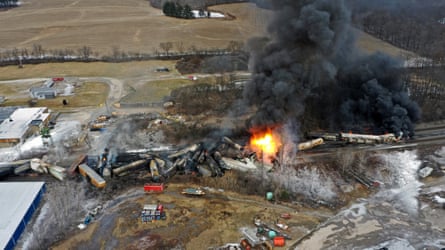[ad_1]
Speed! Thrill! Adventurous train journey! A perfect example of Aatmanirbhar Bharat! A new Dawn in the history of comfortable and safer train journey experience! Well! No words can describe the aura of the majestically beautiful all new Vande Bharat Express Trains.
However, the train journeys are one of the most memorable journeys in a person’s life! They are the ones which are cherished lifelong by anyone. Providing the rail passengers with a class apart train travel experience has always been the utmost aim and vision of the Railways.
In this direction, the introduction of Vande Bharat Express Trains is a perfect example of the Ministry’s concern.
With the introduction of the New Vande Bharat Express Trains, the Railways have achieved a leap towards taking the train journeys to the newer heights. The Trains well-equipped with the latest and advanced technologies, provide you with one of the best in class train travel experiences. They are indeed a new Dawn in the history of the best in class train journeys. They have completely changed the way people used to travel in the trains in the earlier times.
Taking a step forward and going some extra miles for the rail passengers’ convenience, the Northern Railway also initiated the all new Vande Bharat Express Train between Himachal Pradesh’s Amb Andaura – New Delhi. It is indeed set as a trademark for the Zone that always strives to serve the rail passengers with a world class train travel experience. However, the initiation of the Vande Bharat Express Trains between the two States is a clear reflection of the Zone’s Tagline also that states – “Serving the Customers with a Smile”.
Having the capacity of achieving the speed of 160 Kms. per hour in just 0 to 52 Seconds, the Train has taken the train journey experience to a newer height. Cutting down train travel time between the two States to around 5:30 hours only, the Trains are here to write a new chapter of best in class train travel in the history of Railways.
Fully air-conditioned trains are well-equipped with all the latest and modern technologies. The recliner Seats help you to have a more relaxed and comfortable journey. Besides this, the trains are fitted with the L.C.D. T.V.s that not only provides you with all the travel-related necessary information; but, also gives you a perfect dose of “Entertainment on the Go”.
When it comes to the facilities, then the trains are Divyangjans friendly too! In order to help the differently-abled passengers, the trains have smooth ramps that help them to easily board and de-board the trains with ease and hassle-free. Also for enabling the visually-impaired Divyangjans, the trains’ seat numbers are engraved with the Braille Scripts.
The spacious Gangways provide you an easy access through one Coach to another and for boarding & de-boarding the trains with comfort.
Having the ability of gaining its speed of upto 100 Kms. per hour in just 0 to 52 Seconds, the trains are also fitted with the latest and advanced safety technology – “Kavach” that ensures the rail passengers’ safety during the train travel time.
The introduction of the train services between Amb Andaura – New Delhi is going to be a real game changer for boosting the regional economic and tourism sectors of both the States. In this direction, if we say that the Trains will be a perfect example of confluence of the vivid cultures and traditions of both the States, then it will definitely be true in the real sense.
Along with this, the Ministry of Railways also has a plan to run the Semi-High Speed Vande Bharat Express Trains in almost every cities of the country. Also, the Ministry has a perfect plan to run Vande Metro Trains for the short distance cities in the near future.
The Vande Bharat Express Trains have travelled a total distance of 23 Lakh Kilometers till date that clearly reflects its popularity among the rail passengers.
[ad_2]
#Vande #Bharat #Express #Trains #Dawn #luxurious #Train #Travel #Experience
( With inputs from : roshankashmir.net )









